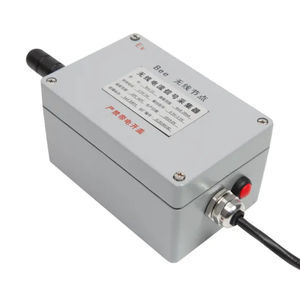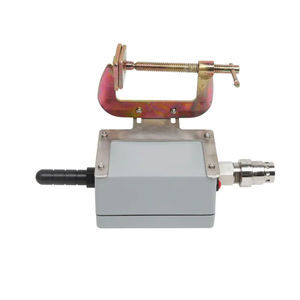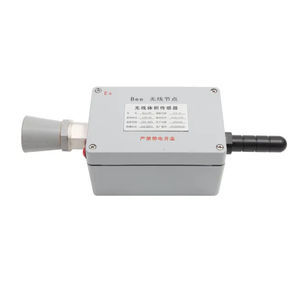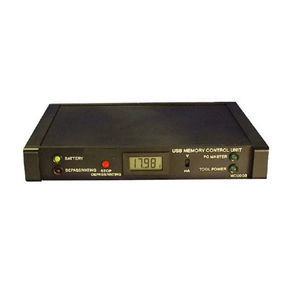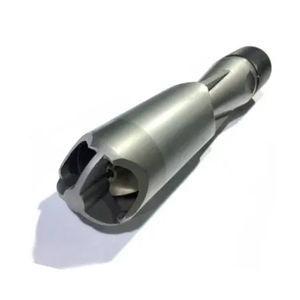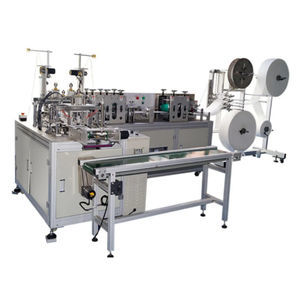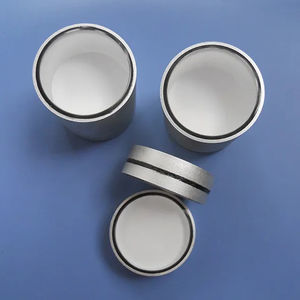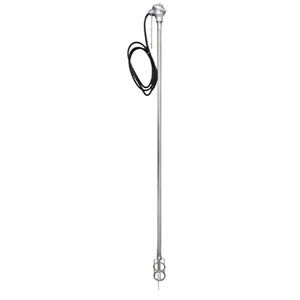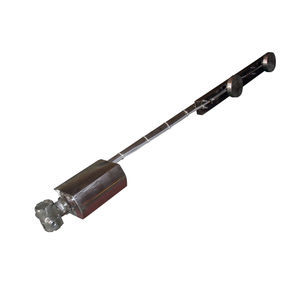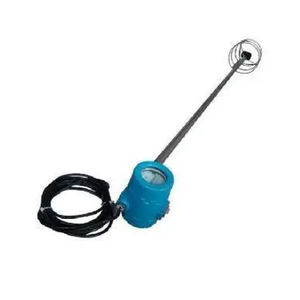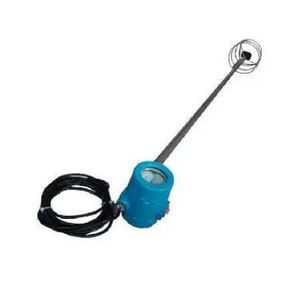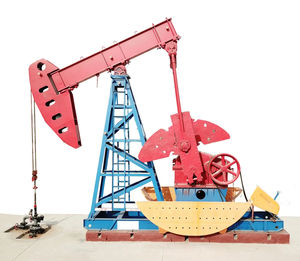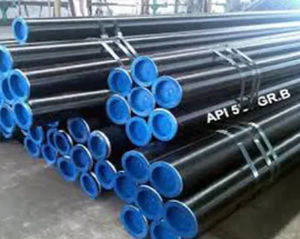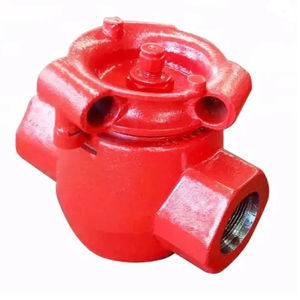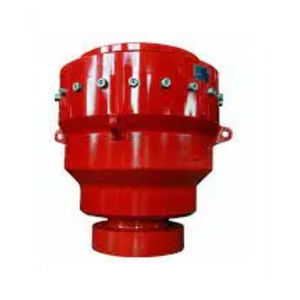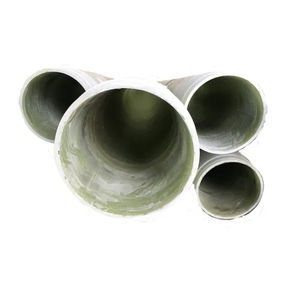
- Company
- Products
- Catalogs
- News & Trends
- Exhibitions
Thermocouple resistancewirelessintrinsically safe

Add to favorites
Compare this product
Characteristics
- Technology
- thermocouple, resistance
- Output
- wireless
- Protection level
- intrinsically safe, IP67
- Other characteristics
- stainless steel, low-temperature
- Temperature
Max.: 100 °C
(212 °F)120 °C
(248 °F)Min.: 0 °C
(32 °F)
Description
Wireless temperature sensor for mud logging unit The wireless temperature sensor is used to measure the temperature of the mud liquid.
Temperature sensor is a kind of device that converts non electric quantity into electric signal, which is mainly divided into thermal resistance and thermocouple. Bee adopts thermal resistance temperature sensor. The thermal resistance of temperature sensor is one of the most commonly used temperature detectors in the low temperature area. Its main characteristics are high measurement accuracy and stable performance. It is not only widely used in industrial temperature measurement, but also made into a standard reference instrument.
The wireless temperature sensor is used to measure the temperature of the mud liquid. It is equipped with an anti-collision metal cover, which is safe and reliable.
The whole structure is made of stainless steel, the protective cover can be disassembled for easy cleaning and maintenance, and the temperature of the liquid and vapor gas in various production processes can be directly measured.
All sensors either are EX type or are intrinsically safe. Zone barriers are installed in the Unit. Using well-known brand products at home and abroad, the sensors of mud logging unit have the advantage of technical and performance indicators. At the same time, the service life is long.
Catalogs
No catalogs are available for this product.
See all of CNPS.COM LIMITED‘s catalogs*Prices are pre-tax. They exclude delivery charges and customs duties and do not include additional charges for installation or activation options. Prices are indicative only and may vary by country, with changes to the cost of raw materials and exchange rates.


